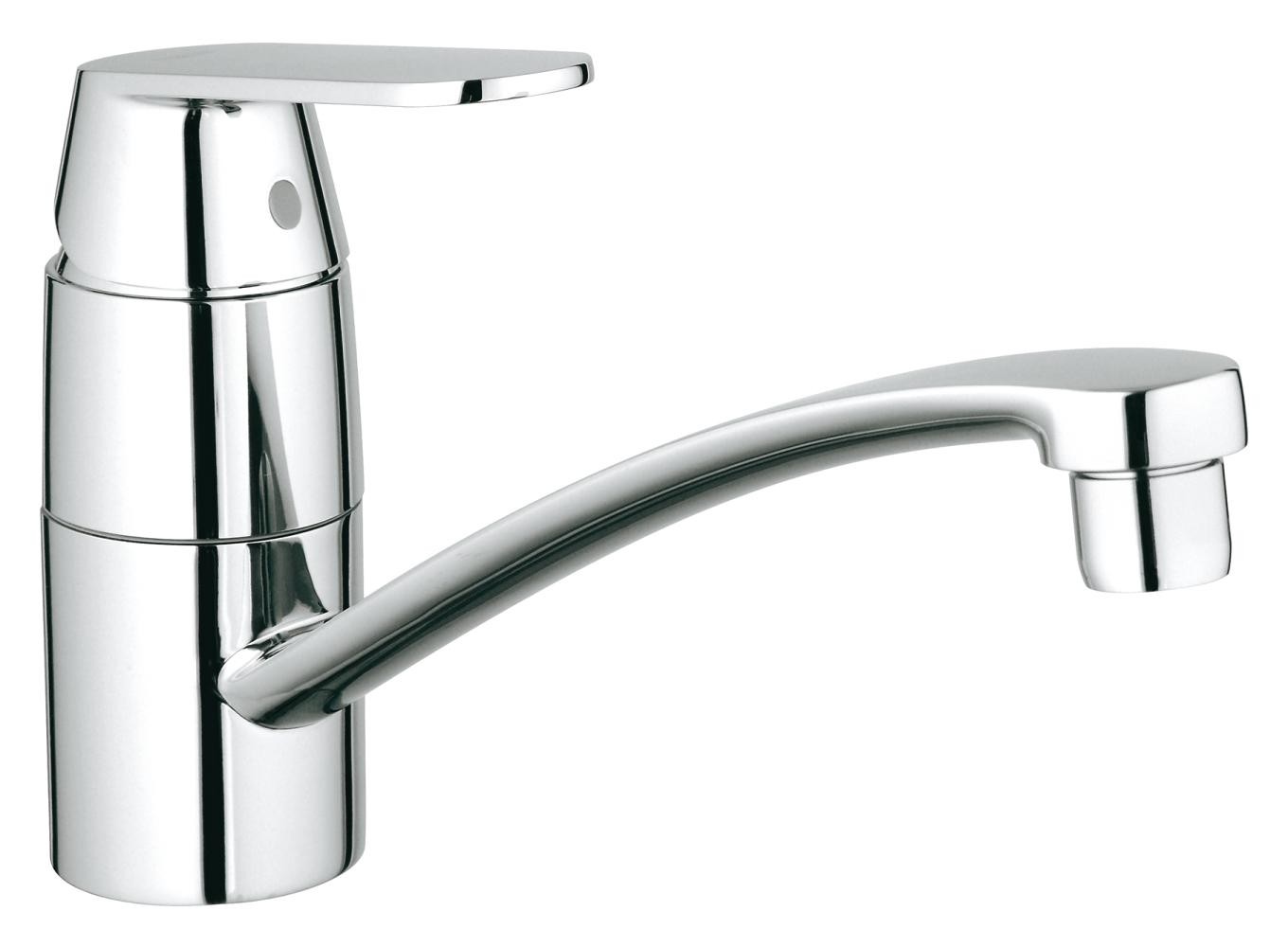The traditional Japanese kitchen, known as a Daidokoro, is a functional space that is both simple and elegant. Here are some primary elements that you will find in a traditional Japanese kitchen design:1. Primary Elements of a Traditional Japanese Kitchen
1. Primary Elements of a Traditional Japanese Kitchen The traditional Japanese kitchen, known as a Daidokoro, is a functional space that is both simple and elegant. Here are some primary elements that you will find in a traditional Japanese kitchen design: 1. Shoji Doors: Traditional Japanese kitchens often have sliding doors made from wood and paper, known as Shoji. 2. Tatami Flooring: The flooring of a traditional Japanese kitchen is typically covered in Tatami mats, which are made from rice straw. 3. Low Counter Height: In a traditional Japanese kitchen, the counters are often lower than those found in Western kitchens, allowing for easier access and preparation while sitting. 4. Open Shelving: Instead of upper cabinetry, traditional Japanese kitchens often have open shelving for storage. 5. Natural Materials: Traditional Japanese kitchens make use of natural materials such as wood, bamboo, and stone for a calming and organic feel. 6. Minimalist Design: Traditional Japanese kitchens are known for their simple and minimalist design, with clean lines and minimal decoration. 7. Sunken Cooking Area: In some traditional Japanese kitchens, the cooking area is sunken into the floor, allowing for food preparation and cooking to be done while sitting. 8. Versatile Cooking Methods: Traditional Japanese kitchens often feature versatile cooking methods, such as a combination of open fire, gas, and electric cooking appliances. 9. Seasonal Décor: In a traditional Japanese kitchen, the décor often changes with the seasons, incorporating elements such as flowers or branches to bring the outside in. 10. Emphasis on Organization: In a traditional Japanese kitchen, organization is key. Everything has its place, and items are stored in a neat and tidy manner.
The Role of Traditional Japanese Kitchen Design in Modern House Design

Incorporating Culture and Functionality
 Traditional Japanese kitchen design has become increasingly popular in modern house design, not just for its aesthetic appeal but also for its functionality.
Cultural elements
play a significant role in Japanese kitchen design, making it unique and distinct from other styles. These elements not only add character to the space but also serve a practical purpose in the design.
The use of natural materials and minimalism
are key features of traditional Japanese design. This includes the use of
bamboo, wood, and paper
for construction and decor. These materials not only add a touch of warmth and natural beauty to the kitchen but also reflect the principle of harmony and balance in Japanese design.
Another important aspect of traditional Japanese kitchen design is the
focus on functionality and efficiency
. Japanese homes are known for their limited space, which has led to the development of
innovative storage solutions
and multi-purpose areas. In the kitchen, this translates to
streamlined organization and practical design
to maximize space and make cooking and cleaning more efficient.
Moreover,
simplicity and cleanliness
are important values in Japanese culture and are reflected in the design of the kitchen. This is seen through the use of
clean lines, open spaces, and minimal clutter
. Having a clutter-free and well-organized kitchen not only makes it easier to cook and navigate around, but it also promotes a
sense of calm and tranquility
, which is essential in the busy modern world.
In conclusion, traditional Japanese kitchen design offers a unique blend of culture and functionality, making it a popular choice among modern house designs. With its use of natural materials, focus on efficiency, and simplicity, it not only adds aesthetic appeal to the kitchen but also promotes a harmonious and peaceful environment for the household. Incorporating elements of traditional Japanese design into your kitchen can elevate the overall look and feel of your home.
Traditional Japanese kitchen design has become increasingly popular in modern house design, not just for its aesthetic appeal but also for its functionality.
Cultural elements
play a significant role in Japanese kitchen design, making it unique and distinct from other styles. These elements not only add character to the space but also serve a practical purpose in the design.
The use of natural materials and minimalism
are key features of traditional Japanese design. This includes the use of
bamboo, wood, and paper
for construction and decor. These materials not only add a touch of warmth and natural beauty to the kitchen but also reflect the principle of harmony and balance in Japanese design.
Another important aspect of traditional Japanese kitchen design is the
focus on functionality and efficiency
. Japanese homes are known for their limited space, which has led to the development of
innovative storage solutions
and multi-purpose areas. In the kitchen, this translates to
streamlined organization and practical design
to maximize space and make cooking and cleaning more efficient.
Moreover,
simplicity and cleanliness
are important values in Japanese culture and are reflected in the design of the kitchen. This is seen through the use of
clean lines, open spaces, and minimal clutter
. Having a clutter-free and well-organized kitchen not only makes it easier to cook and navigate around, but it also promotes a
sense of calm and tranquility
, which is essential in the busy modern world.
In conclusion, traditional Japanese kitchen design offers a unique blend of culture and functionality, making it a popular choice among modern house designs. With its use of natural materials, focus on efficiency, and simplicity, it not only adds aesthetic appeal to the kitchen but also promotes a harmonious and peaceful environment for the household. Incorporating elements of traditional Japanese design into your kitchen can elevate the overall look and feel of your home.













